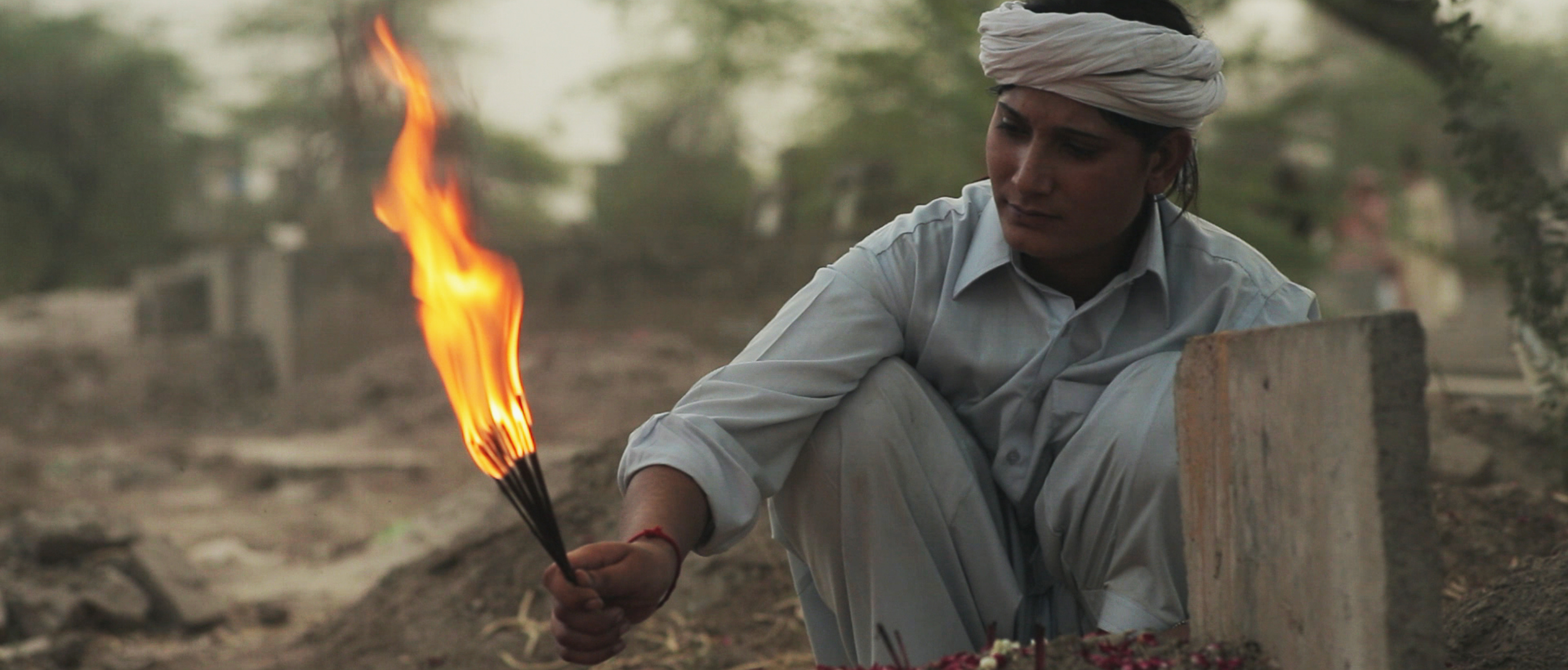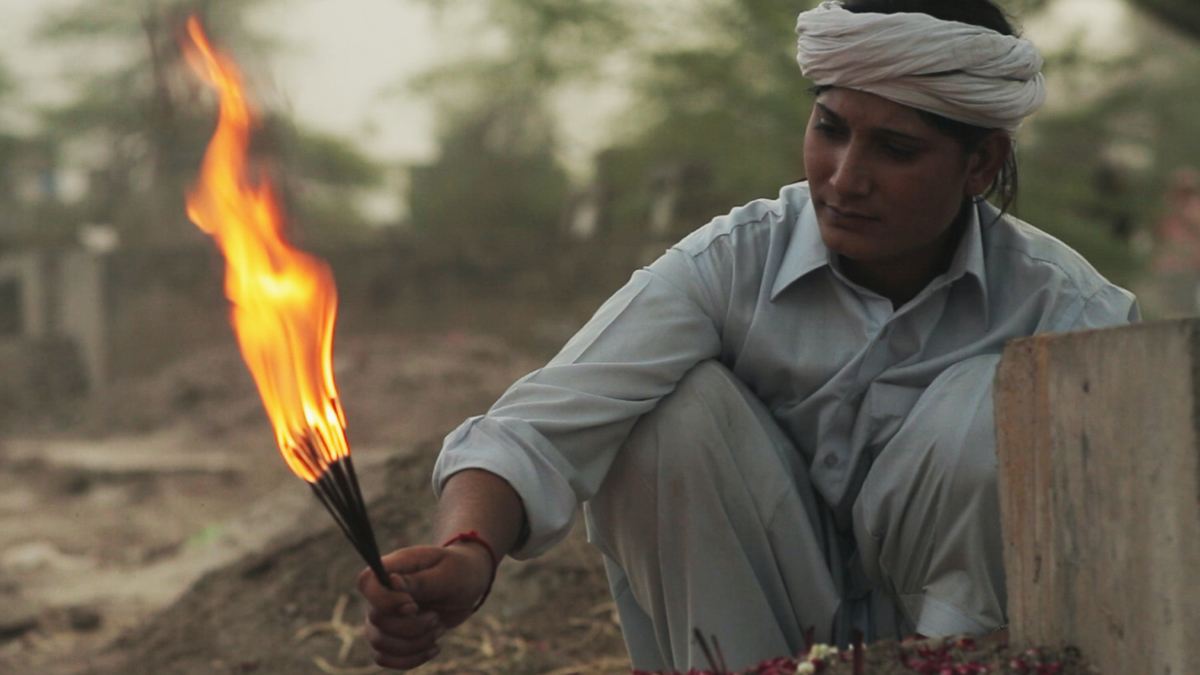
When my straight friends think about LGBT issues, they usually imagine debates between Christianity and sexual orientation, or white people with rainbow flags. These images represent a culture of queerness in the United States that ties being LGBT to being white, without regard for my position as a queer Asian Pacific Islander (API). When movies, TV shows, magazines, and blogs about being queer all reinforce this one depiction of the LGBT community, my experiences are silenced. In a society where being a middle-class, straight, white male is the norm, it means I have no safe space to call my own.
This is why it is important that this year’s New York Asian American International Film Festival is screening some thought-provoking films about queer APIs. The Festival’s feature-length films include REQUIEME! and NOOR, which speak on the experiences of Filipino and Pakistani transgenders, and SOONGAVA, which is the story of love between two women in Nepal. The short films include HOW I LEARNED TO TELL A LIE (as part of TAIWAN CINEMA DAYS) and DAWN (as part of ENDURING ENCOUNTERS), which speak to the oppression that often intersects race, class, and sexuality, as well as HOWARD (as part of IN TIMES OF INNOCENCE), which depicts the life of a queer API man from the perspective of family memory. Together, these films create more of a mosaic than one image depicting the complexities of being queer. And by doing so, they de-essentialize representations of queerness to include narratives like my own.
For some APIs, the struggles of being queer are not only experienced in white neighborhoods where being straight is the norm. It is also experienced domestically through parents who expect us to produce heirs. In HOWARD, the narrator presents her uncle’s demise through an interesting parallel. On the one hand, his life was a stereotypical success story, complete with a degree from Stanford. On the other hand, he cut ties with his family and dated abusive boyfriends because he still “felt like a huge disappointment.” Apparently, being on a middle-class pathway does not mean white, middle-class comfort when that pathway is combined with the nuances of race and sexual orientation.
On a broader level, the experiences of queer APIs capture the intersections of race, class, and sexuality. This is made apparent in DAWN, where a character’s passing glance at someone else is perceived as being born out of disdain. Why? Because the person doing the staring is API and the person receiving the stare is black. These identities are reduced to stereotypes loaded with class connotations. And when one of the characters finds out that the other is gay, there is an added identity dynamic that drastically changes their perceptions of one another.
In the Filipino black comedy REQUIEME!, transgender woman designer Joanna is placed in a parallel narrative to that of her mother, a local Filipino politician who wants to rake up local pride by honoring a Filipino murderer who has killed an American designer. The homophobic social environment that the film portrays is juxtaposed with xenophobia. The exclusion of Joanna’s queerness and the political identity from the film’s narrative is apparently extended into its structure, especially evident in the scene where Joanna and her mother almost cross paths in an elevator, but miss each other by mere seconds.
Many of these issues surrounding sexual orientation, race, gender, and class attach meanings to people’s bodies. In NOOR, there is an interesting contrast between the transgender main character Noor’s constant yearning for a mustache and a scene in which a man tries to grasp his breasts (while Joanna in REQUIEME! saves money for breast transplants). The character’s own body has not only become a marker of his personal transition into a man, but also his social attainment of that gender identity. The film presents how the body can become a physical site of social conflict, like the rites and languages that Noor encounters along the way. In SOONGAVA, the queer lead’s loving embrace with her partner is placed on the margins of a frame that focuses on her brother’s look of discontent. Afterwards, the silhouette of a man was contrasted with her partner’s look of apprehension in a scene that centers on the partner. Their bodies, sensual and energetic, are normal, intuitive, and desired by each other. The placement of the characters within this frame is a constant reminder of the family as one of the most domineering sources of objection to their relationship.
When viewed together, it becomes clear that these films do not give definition to being queer and API, but place them inside their respective frameworks. Instead, they present a multitude of queer API experiences. In many ways, that is appropriate. Our media saturates a white, middle class narrative of being LGBT at the expense of more diverse LGBT realities. To universalize any one image of the queer API would be just as problematic. This is why I am glad these films focus on the different ways sexual orientation can intersect with racial, class, and gender identity. It shows that an individual narrative can be part of a community’s story without embodying the entirety of that community. Many viewers will find that these films create a safe space for our queer API communities, who are often marginalized in both our society and culture. As a result, they exemplify how complex our communities can be.
Steven Hanyun CONG is a student at the University of California, Berkeley, majoring in Asian American and Asian Diaspora Studies and minoring in Education. He had been the Theme Program Assistant for the Asian Pacific American Theme House (APATH) and was a founding member of the student committee for the newly revived Asian American and Asian Diaspora Studies 20C course. He had also been involved with the East in Beats DeCal, the Asian Pacific Islander American Public Affairs Association, and hardboiled Newsmagazine. Through these experiences, he was able to gain expertise in program planning by coordinating a fifteenth anniversary celebration for hardboiled and coordinating a talent show attended by 70 students. He also had experience in networking by staffing Assembly member Paul Fong at dinner events and planning panels with local artists for his student-led course, the East in Beats. He is also proficient in time management, as shown in having to simultaneously facilitate the creation of a yearbook, an open house, and an anniversary dinner for APATH.

